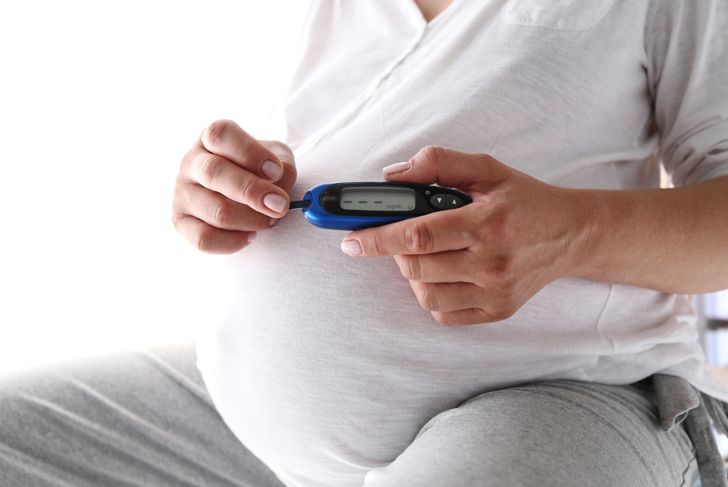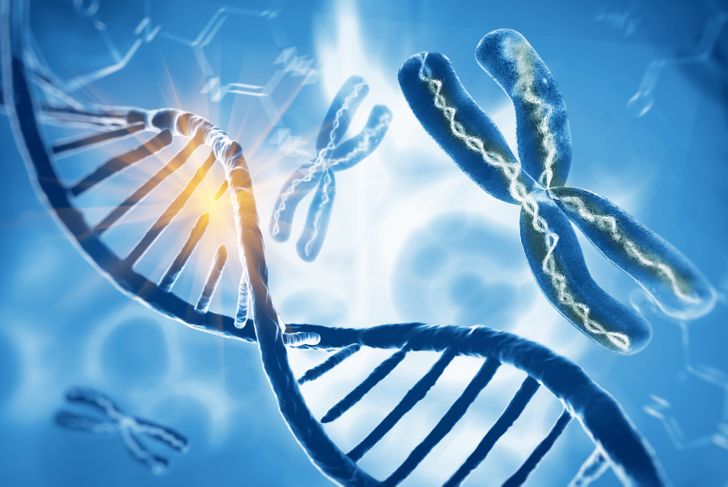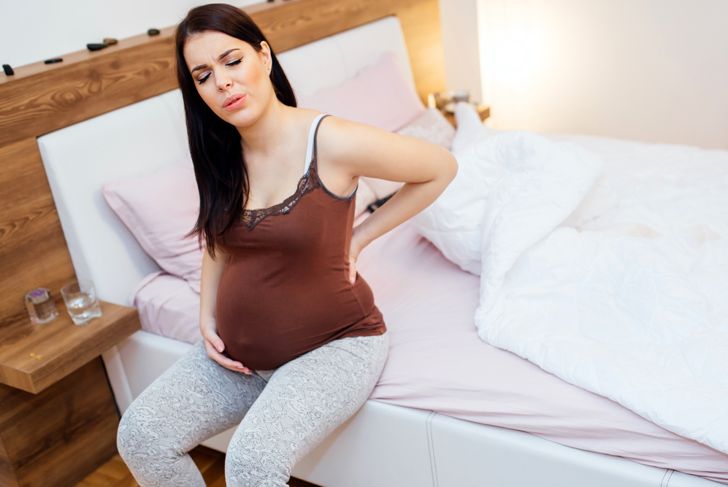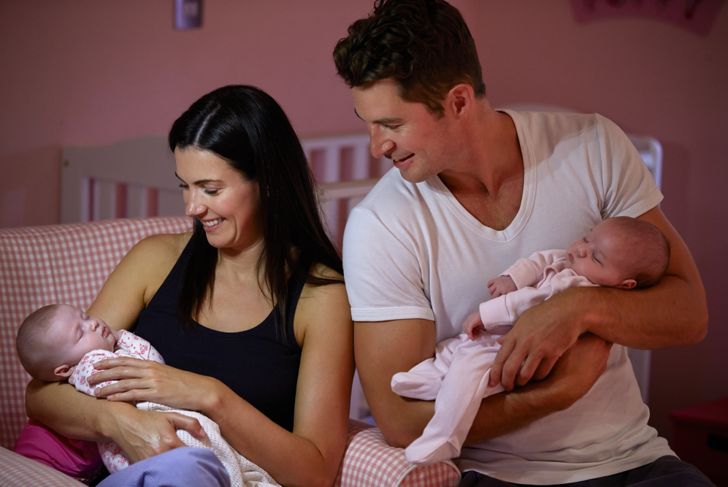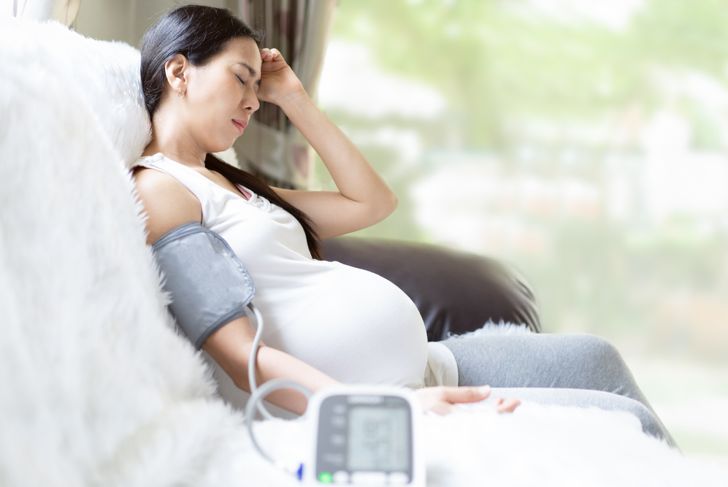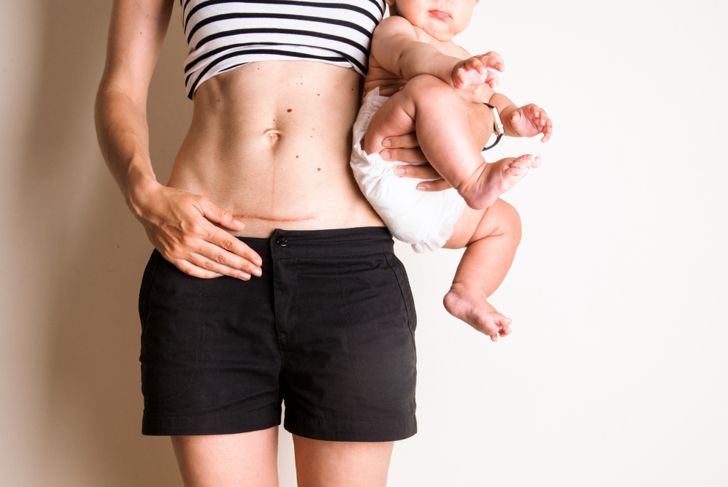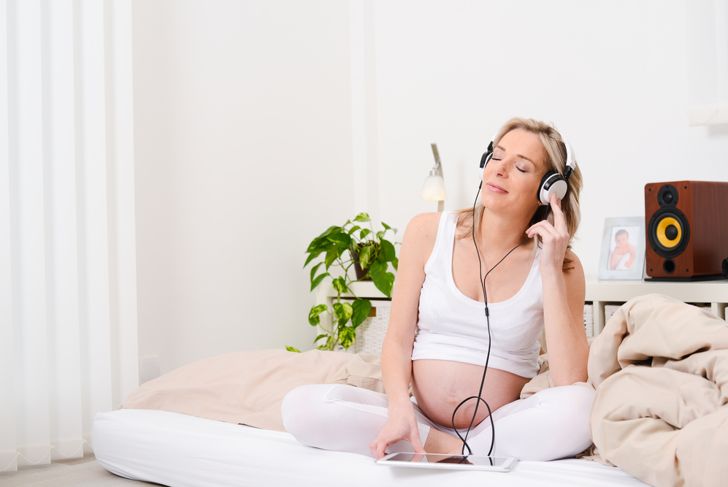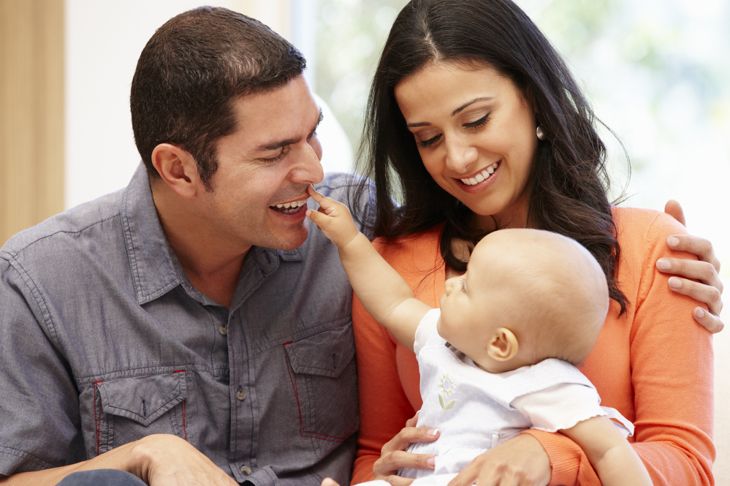An increasing number of women are waiting til their mid-30s or later to have children. Studies show the reasons vary, from financial and career goals to simply wanting more time to travel and explore the world before settling into parenthood. Although pregnant women over the age of 35 face additional health implications, studies show there may also be some benefits to waiting.
Age Affects Fertility
A woman’s peak fertility years begin in her late teens and continue into her late 20s. Once she reaches the age of 30, her ability to get pregnant starts to decline. After the age of 35, fertility ebbs at an even faster rate. The number of eggs she has in her ovaries has not only decreased but those left have lost some of the vigor they once had, making them more difficult to fertilize.
Gestational Diabetes
As humans age, they are more likely to develop conditions like diabetes and this goes for the type that can affect pregnant women, too. Gestational diabetes occurs during pregnancy due to high hormone levels from the pancreas that inhibit the production of insulin. However, not all pregnant women over 35 develop the condition. If they do, it is controllable with medical monitoring, a healthy diet, and exercise.Symptoms of gestational diabetes include more frequent urination and feeling thirstier than usual. Most cases go away after childbirth.
Chromosome Issues
Getting pregnant after the age of 35 slightly raises the chance of chromosome issues, which can lead to a huge range of conditions, including Down syndrome. However, the majority of babies born with Down syndrome are born to mothers under 35, so age is not a significant factor.After the age of 40, the recurrence risk of Down syndrome increases, meaning that if a woman’s first child has Down syndrome, her second child is more likely to be born with the condition when she is older. Prenatal screening and diagnostic testing are available to discover or rule out genetic birth defects.
Risk of Miscarriage
Some research indicates a higher rate of miscarriage and stillbirth among older women who become pregnant. Most miscarriages occur in the first trimester and the numbers increase with age. About 20% of pregnant 35-year-old women lose their babies to miscarriage. At age 40, that rate increases to 40 percent, and over 45, there is an 80% chance that the pregnancy will end in miscarriage. Researchers believe that early pregnancy loss occurs primarily because of fetus chromosome issues.
Multiple Births
As a woman ages, she is more likely to release more than one egg each month, which can lead to multiple pregnancies. Reproductive technologies like in vitro fertilization can have similar results. Although twins or triplets isn’t a negative result, a pregnancy with multiples requires closer medical observation. Research indicates that by the year 2025, childbearing by older women will account for 40% to 46% of the multiple births in the U.S.
Preeclampsia
A woman of any age can develop preeclampsia during pregnancy, but those over the age of 40 are at greater risk. The condition occurs at around 20 weeks gestation and causes high blood pressure with potential damage to the liver and kidneys. Women with gestational diabetes are at higher risk of also preeclampsia.
C-Section
Pregnant women over 35 are at risk of developing conditions that can lead to bleeding and preterm birth. Placenta blockage issues, such as placenta previa and placenta accreta, may require a C-section. Although this surgery has distinct complications including blood clots, stroke, or hemorrhage, it can also protect the health of both mother and baby in emergency births. Studies show a 43% rate for C-sections for women over the age of 35, nearly double that of younger mothers. However, of those, 30% are non-emergency or elective procedures.
Healthier Lifestyles and Pregnancies
Studies show that women in their mid 30s not only make healthier lifestyle choices than their younger counterparts, they may also be better prepared to handle the responsibilities of parenthood and exhibit increased psychosocial wellbeing. Older mothers usually have more stable relationships and more resources than younger women. They are better able to plan ahead for their pregnancy and adopt healthier diets and exercise.
Benefits the Child
A woman who has a child ten years later than her peers will find a decade of changes to the world at large, which can be beneficial. A 2016 study found that mothers who waited to become pregnant — up to the age of 40 — had children who were taller, performed better scholastically, and were more likely to pursue higher education.
Extended Maternal Age
Researchers found that women who had their last children beyond the age of 33 lived to a much older age than women who became mothers before the age of 30. A 2015 study found that these women had twice the odds of survival in comparison to their younger counterparts.

 Home
Home Health
Health Diet & Nutrition
Diet & Nutrition Living Well
Living Well More
More
